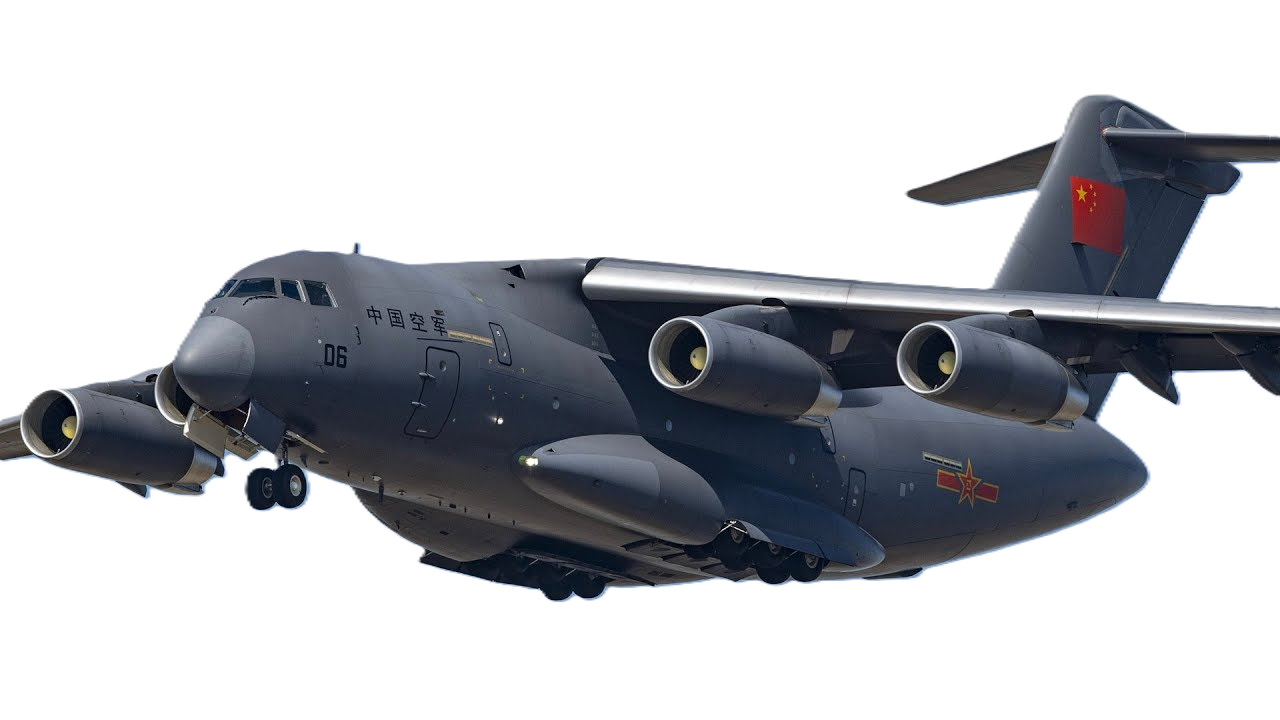JSC Kamov Design
Ka-26 Hoodlum
 |
|
| General information | |
|---|---|
| Type | Light utility |
| Manufacturer | Kamov |
| Status | Active; out of production |
| Number built | 816 |
| History | |
| Manufactured | 1968–1985 |
| Introduction date | 1969 |
| First flight | 18 August 1965 |
| Developed into | Kamov Ka-126 Kamov Ka-226 |
|
|
|
|
|---|
.
History JSC Kamov Design Bureau
Kamov Ka-26 Sergei (NATO reporting name: Hoodlum)
-
Variants
- Ka-26 Hoodlum-A
- One- or two-crew utility light helicopter, powered by two 325-hp (239-kW) VMK (Vedeneyev) M-14V-26 radial engines. 850 built.
- Ka-26SS
- NOTAR technology testbed for the Ka-118 fitted with tail jet beams.
- Ka-126 Hoodlum-B
- One- or two-crew utility light helicopter, powered by one 720-shp (537-kW) OMKB "Mars" (Glushenkov) TVD-100 turboshaft engine. First flown in 1986, built and developed by Industria Aeronautică Română in Romania. 2 prototypes and 15 series helicopter built.
- V-60
- A prototype light armed escort helicopter based on the Ka-126.
- Ka-128
- One prototype, powered by a 722-shp (538-kW) Turbomeca Arriel 1D1 turboshaft engine.
- Kamov Ka-226
- Six- or seven-seat utility helicopter, powered by two 450-shp (335-kW) Rolls-Royce (Allison) 250-C20R/2 turboshaft engines.

Kamov Ka-26 in aviation museum, Peenemünde, Germany
0
KmCeiling
0
KmMAX RANGE
0
Km.hAircraft Speed
0
Max Crew
Photo Gallery
JSC Kamov Design Bureau
Kamov Ka-26 Sergei (NATO reporting name: Hoodlum)


JSC Kamov Design Bureau
Kamov Ka-26 Sergei (NATO reporting name: Hoodlum)
General characteristics
- Crew: 1 (optionally 2)
- Capacity: 6 or 7 pax when passenger module fitted / 2 stretcher patients, 2 seated patients and medical attendant / 900 kg (1,984 lb) pax or liquid chemical / 1,065 kg (2,348 lb) dusting or with platform / 1,100 kg (2,425 lb) with slung load
- Length: 7.75 m (25 ft 5 in) fuselage
- Width: 3.64 m (11 ft 11 in)
- Height: 4.05 m (13 ft 3 in)
- Empty weight: 1,950 kg (4,299 lb) sans passenger pod / platform / agricultural equipment
- Max takeoff weight: 3,250 kg
- Fuel capacity: 360 kg (794 lb) with pax ; 100 kg (220 lb) agricultural
- Powerplant: 2 × Vedeneyev M-14V-26 9-cylinder air-cooled radial piston engines, 242.5 kW (325.2 hp) each
- Main rotor diameter: 2 × 13 m
-
Specifications
- Maximum speed: 170 km/h
- Cruise speed: 150 km/h
-
-
-
- 90–110 km/h
-
-
- Agricultural operating speed: 30–115 km/h (19–71 mph; 16–62 kn)
- Range: 400 km (250 mi, 220 nmi) with 7 pax,30 minutes reserve
- Ferry range: 1,200 km (750 mi, 650 nmi) with auxiliary fuel tanks
- Endurance: 3 hours 42 minutes at 90–110 km/h (56–68 mph; 49–59 kn)
- Service ceiling: 3,000 m (9,800 ft)
- Service ceiling one engine inoperative: 500 m (1,600 ft)
- Hover ceiling IGE: 1,300 m (4,300 ft) at 3,000 kg (6,614 lb) AUW
Links to Youtube & Others
The Ka-26 is small enough to land on a large truck bed. The reciprocating engines are more responsive than turboshaft engines, but require more maintenance. It runs mostly at 95% power in crop dusting with usually excess payload, leaving little reserve power for emergencies. Due to frequent overloads, the interconnect shaft joining the two engines is prone to breakage and requires frequent inspection.
Kamov Design Bureau
Kamov Ka-26 Sergei
The Ka-26 is small enough to land on a large truck bed. The reciprocating engines are more responsive than turboshaft engines, but require more maintenance.
Youtube Link
Due to the limitations of the Ka-26, USSR and Romania agreed under the Comecon trade to build a single-turboshaft engine version, the Kamov Ka-126, with better aerodynamics and range.










.png)


.png)